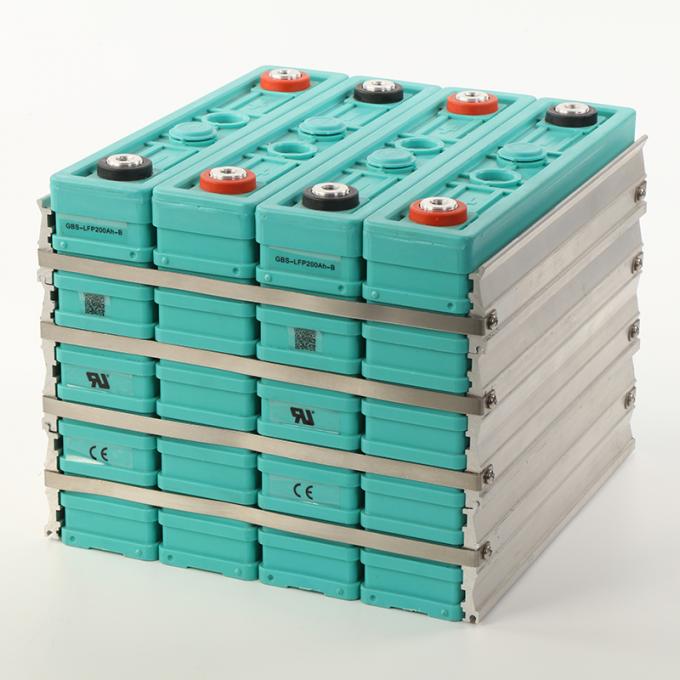The choice between ternary lithium batteries and lithium iron phosphate (LiFePO4) batteries for energy storage depends on specific application requirements, priorities, and trade-offs between various factors. Both types of batteries offer distinct advantages and limitations that should be carefully considered when selecting an energy storage solution:
- Energy density: Ternary lithium batteries typically have a higher energy density than lithium iron phosphate batteries, which means they can store more energy per unit of volume or weight. This characteristic can be advantageous in applications where space and weight are significant considerations.
- Cycle life and durability: Lithium iron phosphate batteries generally exhibit a longer cycle life and better durability compared to ternary lithium batteries. They can endure a higher number of charge-discharge cycles without significant capacity degradation, making them suitable for applications that require long-term reliability and frequent cycling.
- Safety and thermal stability: Lithium iron phosphate batteries are known for their enhanced safety and thermal stability compared to ternary lithium batteries. They are less prone to thermal runaway and are considered more chemically stable, reducing the risk of fire or explosion. This makes them a preferred choice for applications where safety is a critical concern.
- Cost: Ternary lithium batteries are often more cost-effective than lithium iron phosphate batteries, primarily due to their higher energy density and lower production costs. However, the cost advantage may vary depending on the specific requirements and the scale of the energy storage system.
- Environmental impact: Lithium iron phosphate batteries are considered more environmentally friendly compared to ternary lithium batteries, as they contain less toxic materials and heavy metals. Their lower environmental impact can make them a preferable choice for applications where sustainability and eco-friendliness are important considerations.
When choosing between these two types of batteries for energy storage, it is essential to evaluate the specific requirements of the application, including considerations such as energy density, cycle life, safety, cost, and environmental impact. Assessing these factors in conjunction with the specific needs of the energy storage system can help determine the most suitable battery technology for a particular application or project.


